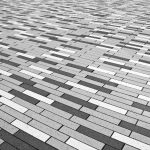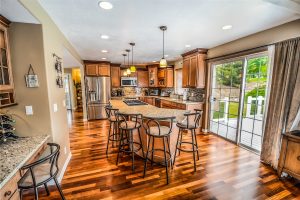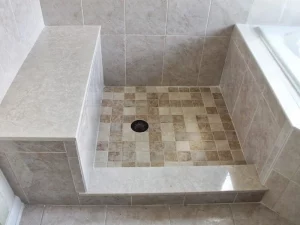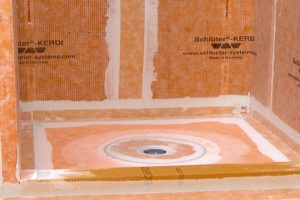How to Build A Backyard Deck
Building a deck is a great way to add value to your home and create a relaxing outdoor space for entertaining or simply enjoying the outdoors. In this article, we’ll take a look at a transcript from a construction worker named Brad who is in the process of building a deck.
Brad with Home of Construction starts off by saying that they are on day three of building the deck. They skipped through the demo because it’s pretty basic – they broke out the old deck and had to remove it to clear the space. They are currently working on getting a huge bush stump out of the ground. They have a little come-along set up, which is a mechanical tool used to pull objects. They are using it to get the stump out because there is nowhere to put a winch or anything else.
Brad mentions that the old deck was resting right on the ground, which caused the earth to contact the wood. This isn’t good because it caused the deck to deteriorate quickly. They ripped it all out and are replacing it with a new wood deck. To avoid the same problem, they will pull some earth out so they can get a good clearance all the way up to the house. They will set the deck on posts that are set in holes with Sika fence posts mix.
When framing something, the goal is to take the weight of the person or load standing on the structure and transfer it safely into the ground. This is what they are doing with the deck. Brad explains that the deck boards will lay across the top of the deck, between which there is a floor joist. The joist is attached to the feet of what you might call a box beam on either side with joist hangers, which are nailed to the joist and the beam. The beam, to which all the joists are attached, runs the opposite direction and is bolted with two huge half-inch through bolts to a post that runs 24 inches below the ground. The post is cemented and is a mix of Sika fence posts mix and cement as a topping agent to hold the post safely into the ground.
The next step is installing the decking. Brad initially planned to use camo system screws, which are hidden fasteners that get driven into the side of the board and then through into the floor joists underneath. The screws can’t be seen from the top, which gives the deck a clean look. However, since the deck is a herringbone pattern, they couldn’t use the camo system screws. Instead, they are driving the screws through the face of the board, using the camo system exterior trim head screws, which have a really small head. Brad explains that the wood will swell up the first time it rains, which will close up the holes.
The wood being used is a marine-grade lumber, specifically a number one AQ C prime pine lumber. This wood can be submerged, and nothing will happen to it. It’s treated for use on docks and is being used on the deck to increase its lifespan. Brad mentions that they are using a higher grade of lumber to make the deck last longer.
To complete the deck, they have to build stairs. Brad notes that they technically don’t need a handrail on this deck because it’s 30 inches high, which is below the required height for a handrail.
Building a deck requires careful planning, precise measurements, and attention to detail. It’s important to consider the materials used, the framing layout, and the overall design of the deck. By using a marine-grade lumber and properly anchoring the deck to the ground, the deck will last longer and be more stable. Hidden fasteners can give the deck a clean look, but it’s important to choose the right fasteners for the deck’s design.

 Previous Post
Previous Post Next Post
Next Post


